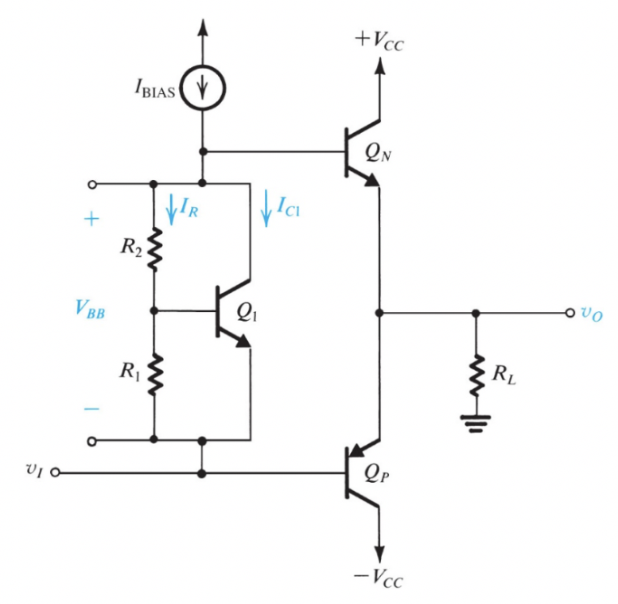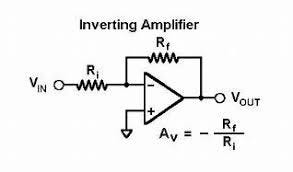Audio Amplifier from Discrete Electronic Components | Calculations and Component Selection

Calculations and component selection is the most important part in the design of audio amplifier. As in overview article it can be discussed under several topics
Class AB Power Amplifier

Selecting the suitable complementary pair of transistors is decides the functionality of the audio amplifier. TIP140T and TIP145T can be used as the power transistors. Major the advantage of using TIP140T and TIP145T is the higher current gain which is about 1000. This circuit is powered up with a dual supply if +15V and -15V
Vbe Multiplier

As T1 transistor, commonly available BC639 can be used and R is a variable resistor of 10kΩ. By changing R bias point of the transistors in power amplifier can be changed. Therefore R has to be adjusted such that no cross over distortion occurs.
Emitter Follower Circuit

Output from the small signal amplifier is fed to the power amplifier circuit through emitter follower circuit. This is a voltage buffer where input voltage is approximately equal to the input voltage. BC640 can be used as the transistor and it is biased with a potential divider with 15kΩ and 22kΩ resistors.
Small Signal Amplifier

Rf is a 500k potentiometer and R1=2k.
Maximum Gain = 250
By changing the value of R1, gain of the amplifier can be changed and by changing gain volume of the speaker can be controlled.
Volume of the output is changed by variable resistor Rf
TL072 JFET op amp IC is selected as the small signal amplifier because,
· It has low power consumption, input-bias currents and offset currents
· Provided with the short circuit protection
· High slew rate
As described above required electronic components to the audio amplifier can be selected
Thank you!







